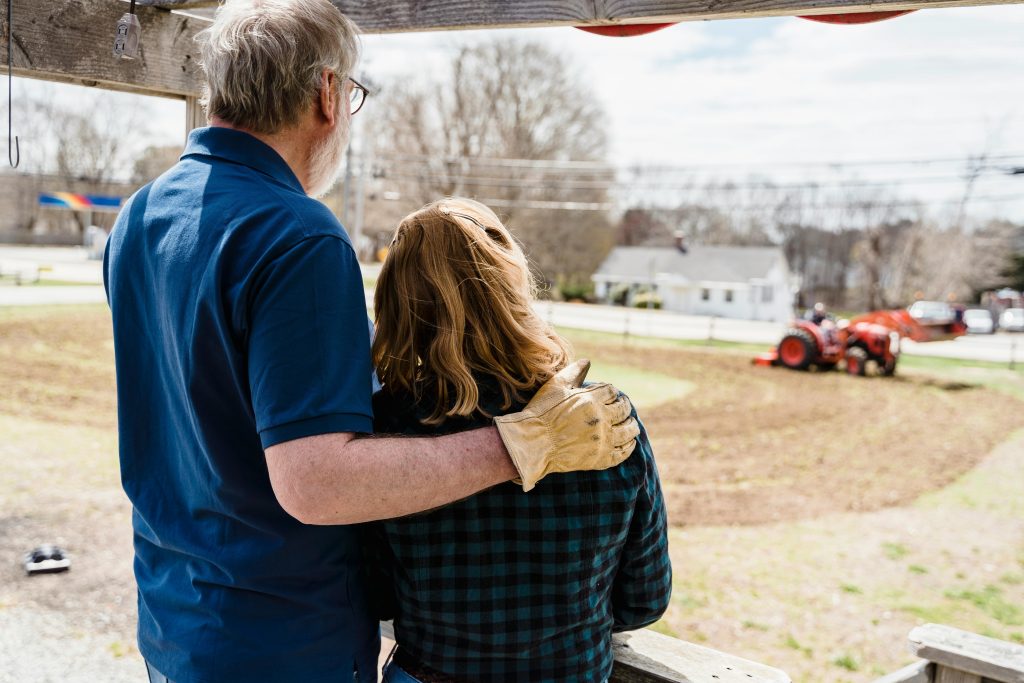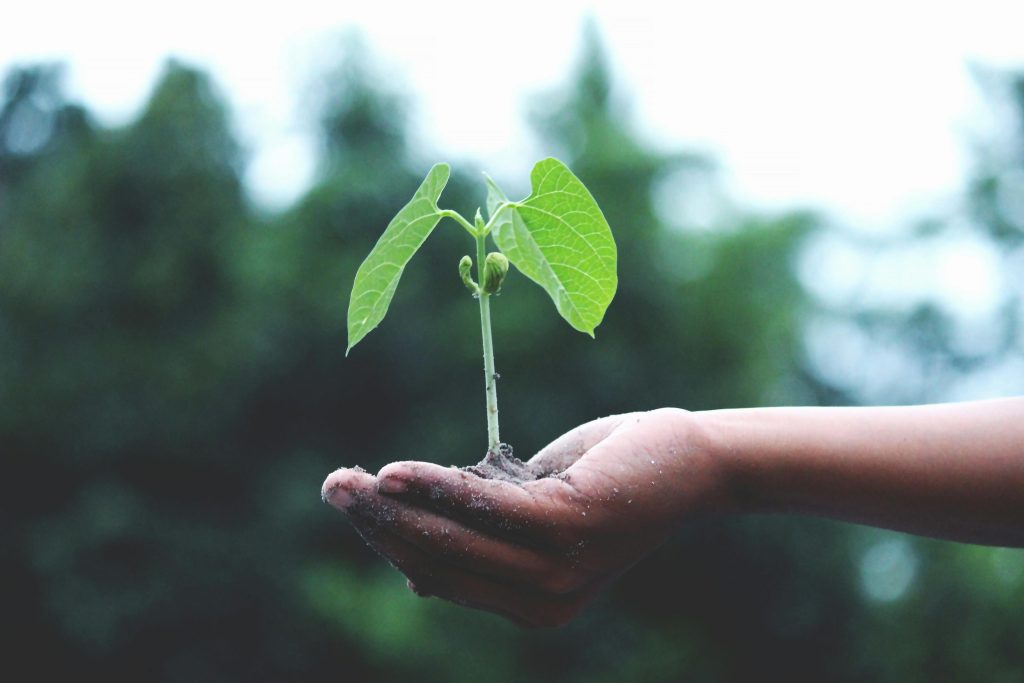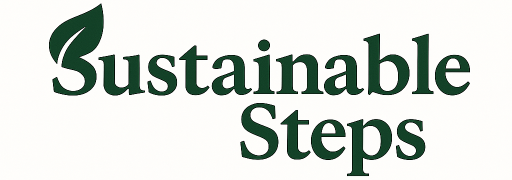Introduction
As climate change and environmental challenges continue to mount, communities across the globe are rising to the occasion—developing creative, grassroots sustainability projects that are not only eco-friendly but also socially empowering. These community-led initiatives are proof that local action can spark global change. From urban farms transforming city blocks to zero-waste villages reshaping consumption habits, the stories of these trailblazing communities offer both inspiration and practical models that others can follow.

In this post, we’ll explore some of the most inspiring community sustainability projects from around the world—highlighting what makes them effective, the positive impact they’ve had, and how similar ideas can be implemented elsewhere. Whether you’re a community leader, a sustainability advocate, or just curious about global innovations, this is your roadmap to what’s possible when people unite for the planet.
Urban Agriculture: Greening Cities One Garden at a Time
1. Detroit’s Urban Farming Revolution – USA
Once known as a symbol of industrial decline, Detroit has seen a remarkable green transformation. Community members and nonprofits have turned vacant lots into urban farms that grow fresh produce for local residents, creating food security in underserved neighborhoods.
- Project Highlight: Detroit Black Community Food Security Network
- Focuses on urban farming, food sovereignty, and racial equity.
- Operates D-Town Farm, a 7-acre organic urban farm in Rouge Park.
- Hosts educational programs and engages youth in sustainable agriculture.
Why it’s inspiring:
This project demonstrates how urban blight can be transformed into resilience hubs, providing economic, environmental, and health benefits.
Zero-Waste Living: Entire Communities Embracing Circular Economies
2. Kamikatsu – Japan’s Zero-Waste Town
The tiny mountain town of Kamikatsu has become world-famous for its ambitious zero-waste policy. Since 2003, the town has implemented a 45-category waste separation system to encourage maximum recycling and reuse.
- Impact:
- Recycles or composts around 80% of its waste.
- Hosts a reuse shop and a learning center to promote sustainable habits.
- Aims to eliminate landfill waste entirely.

Why it’s inspiring:
Kamikatsu proves that small, determined communities can set global benchmarks in waste reduction with creativity, education, and commitment.
Renewable Energy Co-ops: Power to the People
3. Samsø Island – Denmark’s 100% Renewable Energy Model
Samsø, a small island with around 3,700 residents, made global headlines when it transitioned to 100% renewable energy within a decade. Through a blend of wind, solar, and biomass—plus local ownership of energy systems—Samsø is now carbon-negative.
- Key Features:
- Community-owned wind turbines generate more electricity than the island consumes.
- Local farmers supply biomass from agricultural waste.
- Residents actively participate in the planning and profits.
Why it’s inspiring:
This is a powerful model of democratized, community-led energy that challenges the centralized utility system and prioritizes local resilience.
Eco-Villages: Sustainable Living Through Design
4. Findhorn Ecovillage – Scotland
Findhorn, located in northern Scotland, is one of the oldest ecovillages in the world. It blends spiritual principles with ecological design, featuring energy-efficient homes, local food production, and community governance.
- Sustainability Achievements:
- Eco-homes made from recycled whisky barrels and straw bales.
- Wind turbines that provide energy for the village and surrounding areas.
- Permaculture gardens supplying most of the community’s food needs.

Why it’s inspiring:
Findhorn showcases how intentional communities can live in harmony with nature while maintaining a strong social fabric.
Coastal Resilience: Communities Protecting Their Shorelines
5. Mangrove Restoration in Thor Heyerdahl Climate Park – Myanmar
Coastal communities in Myanmar are fighting climate change with mangrove restoration, which protects against rising sea levels, boosts biodiversity, and improves local livelihoods.
- Highlights:
- Over 9 million mangroves planted by local volunteers and schoolchildren.
- Combines traditional ecological knowledge with modern science.
- Supports fishing and agriculture-based economies.
Why it’s inspiring:
This project demonstrates how restoring nature can go hand-in-hand with community development and climate mitigation.
Circular Economy in Action: Repair, Reuse, and Repurpose
6. Repair Cafés – The Netherlands and Beyond
Started in Amsterdam, Repair Cafés are now a global movement that encourages communities to bring broken items—from electronics to furniture—and learn to repair them with volunteer experts.
- Core Concepts:
- Reduce waste by extending product life.
- Share skills and knowledge within the community.
- Strengthen local connections and reduce dependence on consumer culture.

Why it’s inspiring:
Repair Cafés not only reduce landfill waste but also restore a sense of agency and craftsmanship in everyday life.
Indigenous Leadership in Environmental Stewardship
7. The Kogi People – Colombia
Living in the Sierra Nevada de Santa Marta mountains, the Kogi are indigenous environmental stewards whose practices have helped preserve one of the most biodiverse regions in the world.
- Their Approach:
- Use traditional ecological knowledge to maintain harmony with nature.
- Protect watersheds and forests through spiritual and practical practices.
- Have influenced environmental policy through partnerships with scientists and activists.
Why it’s inspiring:
The Kogi offer a profound reminder that sustainability isn’t new—it’s ancient, and indigenous wisdom is key to our collective future.
Conclusion
These inspiring sustainability projects show that positive environmental change doesn’t always require massive government initiatives or billion-dollar investments. Often, the most powerful transformations begin at the community level—with people who care, innovate, and take action. Whether it’s a small town aiming for zero waste, an island running on renewables, or a village restoring coastal ecosystems, these stories remind us that sustainable futures are not only possible—they’re already happening.

Take the next step:
Find inspiration in these global examples, then look around your own neighborhood. What small change can you start today that could ripple out into something bigger?
